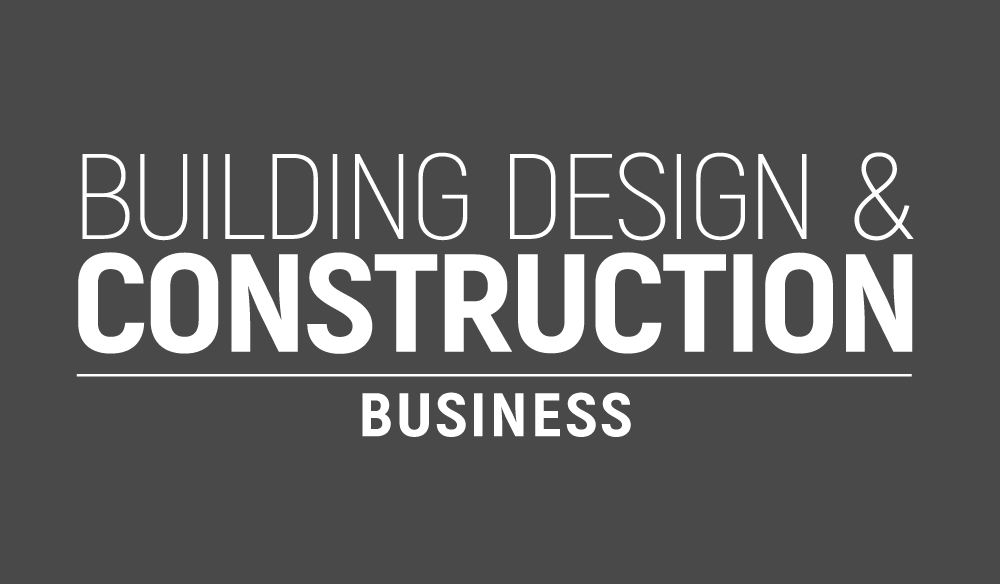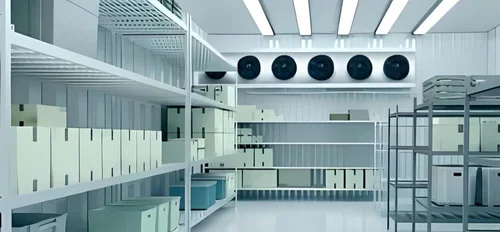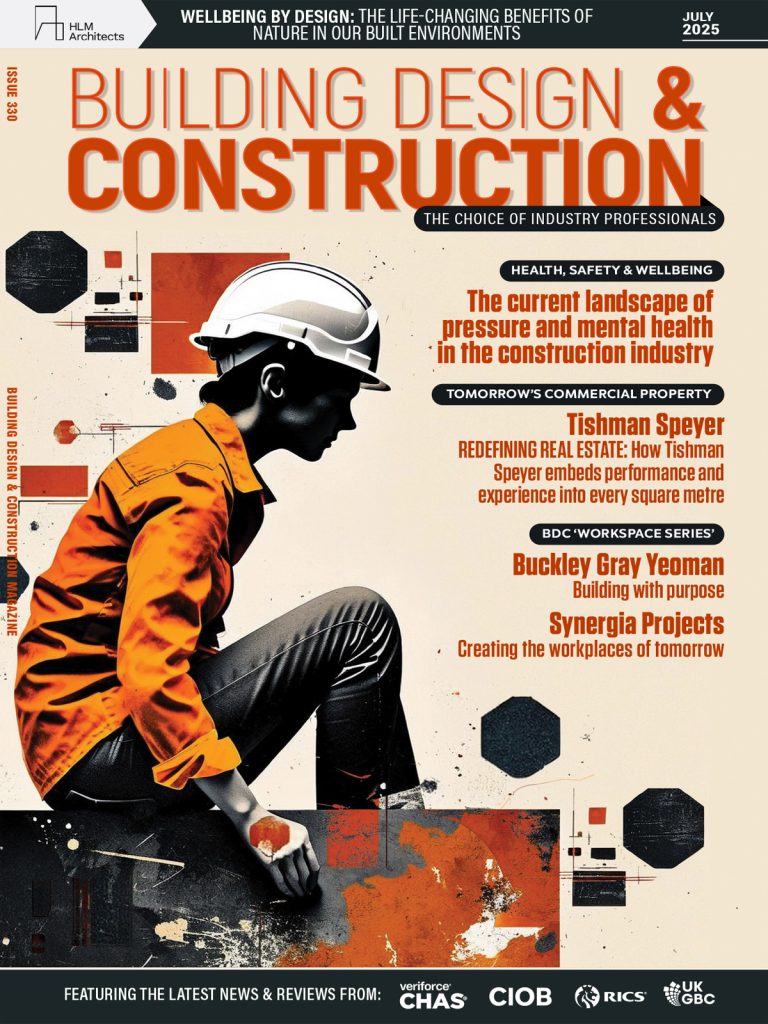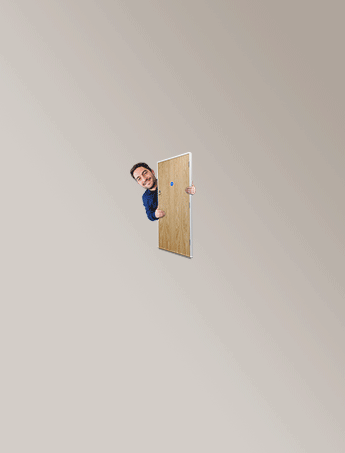There’s just something about living near the water, isn’t there? Waves crashing, sunrise reflections on the lake, quiet mornings by the river. It’s more than just a view. It’s a whole vibe. Calm. Luxurious. Effortless. And guess what? In 2025, more people are chasing that dream than ever before. According to the New York Times, Nearly 40% of the world’s population lives within 60 miles of a coast, and 10% live in low-lying coastal zones. Yeah, waterfront living isn’t just a personal fantasy. It’s a full-on global movement. But what makes it so special? Why do people pay a premium for a home by the water? And where can you actually find the best waterfront properties today? Whoa, whoa, don’t worry, we’ve got you. Take a deep breath, maybe imagine that sea breeze for a sec… Now scroll on. Let’s break it all down. What Makes a Waterfront Property “Best” in 2025? Waterfront properties are always in demand, but in 2025, buyers are getting smarter. It’s no longer just about waking up to a beautiful view. The best waterfront homes are now a mix of lifestyle perks, practical features, and future-proof value. Here’s what actually makes a property stand out this year, with data to back it up: So, it’s the perfect mix of security, comfort, smart amenities, and future-proof potential—because a view alone isn’t enough anymore. Top Global Waterfront Markets to Watch in 2025 Sounds tempting, right? Well, then see these properties. You will get why people are so into waterfront things. Dubai Waterfront (UAE) Dubai is a place you can’t ignore. The Dubai Waterfront is a massive, master-planned community that’s redefining coastal living with its jaw-dropping architecture, man-made islands, and ultra-modern amenities. Why it’s worth watching: In short, Dubai’s waterfront scene isn’t just growing—it’s leading the way. Algarve Coast (Portugal) The Algarve Coast isn’t just a postcard-perfect escape. It’s becoming one of Europe’s hottest waterfront markets. With golden beaches, cliffside views, and a relaxed lifestyle. It’s not just about catching eyes; it’s about creating views. Their real estate is also very happening. For example, Home prices in the Algarve average €3,000–€4,500 per square meter. Although it changes depending on the location, it’s far more affordable than many other European coastal markets. Also, Living costs are 30–40% lower than in major Western European cities, making it a favourite among expats and retirees. So you can say, it’s a balance of lifestyle and long-term value. The Algarve is a top-tier destination for those seeking both sun and smart investment opportunities. Tulum & Bacalar (Mexico) Tulum has long been the darling of eco-luxury travellers, and now, Bacalar, known for its stunning Lagoon of Seven Colours, is the latest. It is rising fast as its quieter, equally beautiful neighbour. In 2025, Home prices in Tulum range from $150,000 to $500,000+. But if that’s too much for you, then go to a bachelor’s. Bacalar real estate is more affordable, with prices starting around $100,000. But Mexico is our favourite waterfront spot cause Mexico’s cost of living is 50–60% lower than in the U.S. That’s why it’s making both towns attractive for remote workers, retirees, and digital nomads. Gold Coast (Australia) It continues to shine as one of Australia’s top waterfront markets. Known for its iconic surf beaches, luxury apartments, and booming tourism. If you wanna live there, then it also has some great things to offer. For intense, It’s basically for those wanting ocean views, modern living, and strong capital growth. The Gold Coast is still one of Australia’s brightest coastal bets. Ocean City, MD (US) Ocean City isn’t trying to be flashy, and that’s exactly what makes it appealing. It’s the kind of place where families return summer after summer, the boardwalk is always buzzing, and sunsets over the bay never get old. In 2025, this Maryland gem is catching the eye of savvy buyers who want a beach home and a rental income stream without spending seven figures. Here’s what makes it work: If you’re dreaming of a coastal getaway that pays for itself (and then some), Ocean City might just be the low-key win you’re looking for. Conclusion In the end, waterfront living isn’t just about the view. It’s about the lifestyle. Whether it’s the calming sound of waves or the prestige of a prime location. It’s clear why so many are drawn to life by the water. If you’re dreaming of it, you’re definitely not alone.














